The threat of supervolcanoes |
The supervolcanoes they threaten us? | |  Automatic translation Automatic translation | | Updated June 01, 2013 |
Supervolcanoes have a flat structure and it is difficult to detect. Only after the explosion, when the underground magma chamber collapses, which can be seen, the famous caldera supervolcano in the soil. These calderas of several tens of km, are so great that it can not detect that from an aerial view.
The supervolcanoes like volcanoes are located on areas of intense geologic activity, mainly along the line of volcanoes that runs through much of the Pacific Ocean.
The supervolcanoes cause for great eruptions, a thousand times more powerful than volcanic eruptions that are usually observed on Earth. These super-eruptions can create considerable damage to the scale of a continent and have cataclysmic effects for life on Earth. The most recent explosion of a supervolcano listed, dated around 26 500 years is that of Lake Taupo in New Zealand.
The eruption of the Indonesian supervolcano in the island of Toba (cons image below), which took place, there are about 73 000 years, spewed a tremendous amount of material, estimated at nearly 2 800 cubic kilometers of rock and ash.
By comparison, the eruption of Pinatubo volcano in the early 1990s, has issued only 10 km ³ of ash and yet the ashes of Mount Pinatubo have lowered the mean temperature of the Earth, 0.6°C for two years.
In 1998, a professor of anthropology at the University of Illinois, Stanley Ambrose, said that the Toba eruption was caused a global cooling of the planet for 1800 years. This eruption had recovered part of Asia, several meters of ash and some of the material was expelled back to 3000 km from the volcano. | | Image: Index Classification volcanic eruptions, by volume of ejected material. This index volcanic explosion, or VEI, Volcanic Explosivity Index, was invented in 1982 by Chris Newhall of the U.S. Geological Survey, and Steve Self at the University of Hawaii. | VEI | Classification | Height of the cloud of ash | Volume ejected | | | | | | | 0 | Hawaiian | < 100 m | >1000 m³ | | 1 | Hawaiian- Strombolian | 100 m - 1 km | >10 000 m³ | | 2 | Strombolian - Vulcanian | 1,5 km | >1 000 000 m³ | | 3 | Vulcanian | 3-15 km | >10 000 000 m³ | | 4 | Vulcanian - Plinian | 10-25 km | >0,1 km³ | | 5 | Plinian | > 25 km | >1 km³ | | 6 | Plinian- Ultra Plinian | > 25 km | >10 km³ | | 7 | Plinian- Ultra Plinian | > 25 km | >100 km³ | | 8 | Plinian- Ultra Plinian | > 25 km | >1 000 km³ |
| | 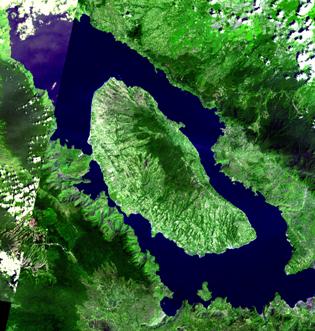 Image: Nestled in the heart of the rainforest of Sumatra, the giant supervolcano Toba caldera, has impressive dimensions. It measures ≈ 30 km wide and ≈ 100 km long. The ancient caldera is now filled by a lake in the middle of which the tourist island of Samosir, embodying the old dome of the volcano. Lake Toba is the largest lake in Southeast Asia, its landscape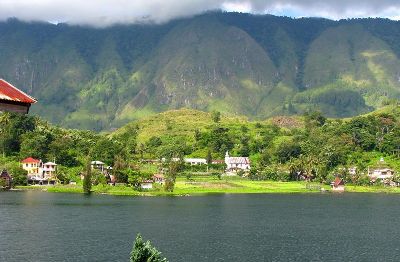 is spectacular with its high mountains and houses Batak is spectacular with its high mountains and houses Batak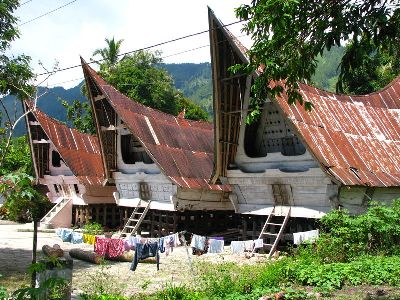 . This oasis of tranquility is actually a crater supervolcano where live more than 20 000 inhabitants. Indice VEI of supervolcano Toba = 8 . This oasis of tranquility is actually a crater supervolcano where live more than 20 000 inhabitants. Indice VEI of supervolcano Toba = 8
The explosion took place, there are about 73 000 years. |
Supervolcano Yellowstone - United States | | | | |
Most supervolcanoes Earth are extinct, but there is one exception, the Yellowstone supervolcano. Yellowstone Park is located on a magma chamber, immense.
This enormous reservoir of magma threat to men, it could provoke the most violent explosions in the history of mankind.
The hot parts of the mantle rises to the surface, reach the base of the Earth's crust and melts, which increases the size of the fusion chamber.
There are 2.1 million years, the first super-eruption generated a huge caldera 80 km in the mountain range nearby. This super eruption has just swallowed a mountain 80 km. The second eruption of the Yellowstone has occurred, there 1.3 million years and the third, 640,000 years ago. It seems that the magma chamber at about 700 000 years to fill up and explode again.
| | The next great explosion could take place in the millennia to come. A super eruption is a cataclysmic phenomenon that can affect all the inhabitants of Earth. There are dozens of supervolcanoes on the planet, all around the Pacific. Calderas are found tens of kilometers in diameter, the United States, Central America, South America, Japan, Indonesia, Philippines, New Zealand... The most visible is that of Yellowstone because it is alive, there are geysers of smoke, hot craters, but the others are equally dangerous. Image: The Yellowstone supervolcano.
Indice VEI = 8, there are 642 000 years | | 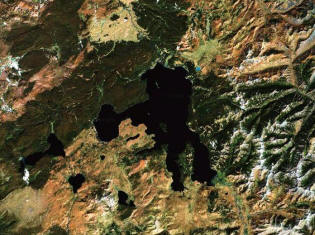 |
Consequences of super eruptions | | | | |
The billions of tons of ash will rise projected in the upper atmosphere and do a few days, several times around the Earth. This coverage in the dark sky, the climate will change and reduce the mean temperature of the planet by several degrees and this for decades.
Large explosive eruptions also release sulfur, which condenses into tiny droplets of sulfur dioxide in the stratosphere, where there is no rain to bring them to the ground. After a few weeks, the general cooling would be about 10°C, meaning it would snow all year round for several years at middle latitudes. Humanity would then enter in a little ice age with all the consequences that can be imagined.
The ashes pollute the waters of the crops, the Asian monsoon would be disrupted, famine affect one to two billion people. Once the ash layer exceeds 15 cm thick, the load on the roofs of houses became too heavy and the roof collapsed. | | The tiny ash particles agglomerated in the clouds would cause torrential rains. Mudflows or lahars, a devastating power, down from the mountains and engulf everything in their path, trees, bridges, cars, buildings, etc....
In 1985 in Colombia, the city of Armero and its 23,000 inhabitants were buried under lahar eight meters high, from the slopes of Nevado del Ruiz.
The lahars of a super eruption would be far more disastrous. This fall ash equivalent to a fall of snow, causing suffocation and burns. The entire economy would be severely disrupted, communications, aircraft flights would be impossible.
NB: A lahar is a debris flow of volcanic origin. It consists primarily of water, volcanic ash and tephras Tephras represent all materials (solids and liquids, driven by gases) emitted by volcanoes, with the exception of the lava, and they come from different types of explosive eruptions. . | | 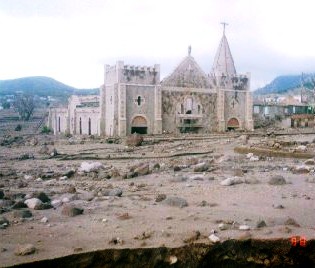 |
 Automatic translation
Automatic translation







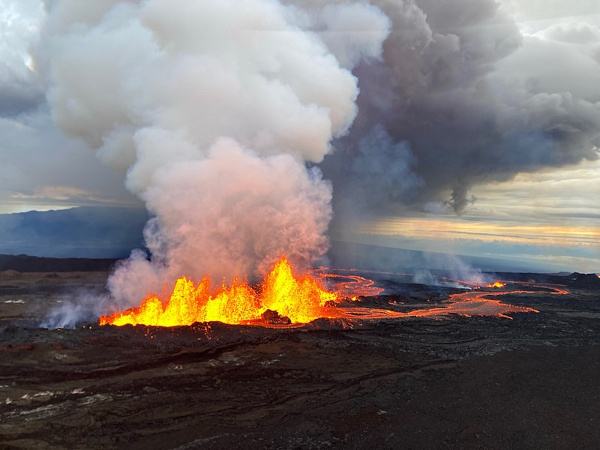 Mauna Loa is the largest volcano in the world!
Mauna Loa is the largest volcano in the world!
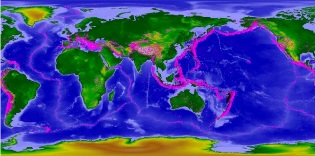 Effusive and eruptive volcanoes of the Earth
Effusive and eruptive volcanoes of the Earth
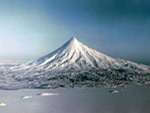 Kamchatka, exceptional land of fire
Kamchatka, exceptional land of fire
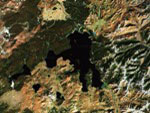 The threat of supervolcanoes
The threat of supervolcanoes
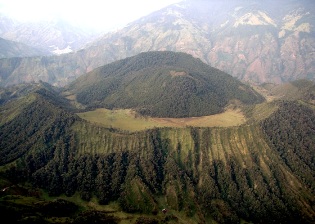 The active volcanoes of Colombia
The active volcanoes of Colombia
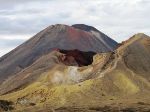 New Zealand volcanoes
New Zealand volcanoes
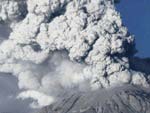 Volcanoes at the origin of life
Volcanoes at the origin of life
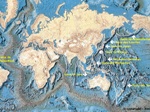 The great ocean trenches
The great ocean trenches
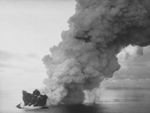 Birth of an island, rising from the waters
Birth of an island, rising from the waters
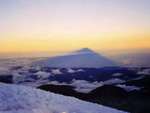 Chimborazo in Ecuador, the highest mountain in the world
Chimborazo in Ecuador, the highest mountain in the world
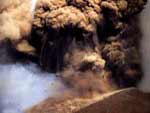 Super eruption disaster
Super eruption disaster
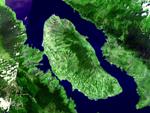 The great calderas of the planet
The great calderas of the planet
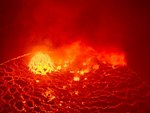 Africa's Active Volcanoes
Africa's Active Volcanoes
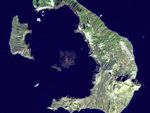 Supervolcanoes have changed life on Earth
Supervolcanoes have changed life on Earth
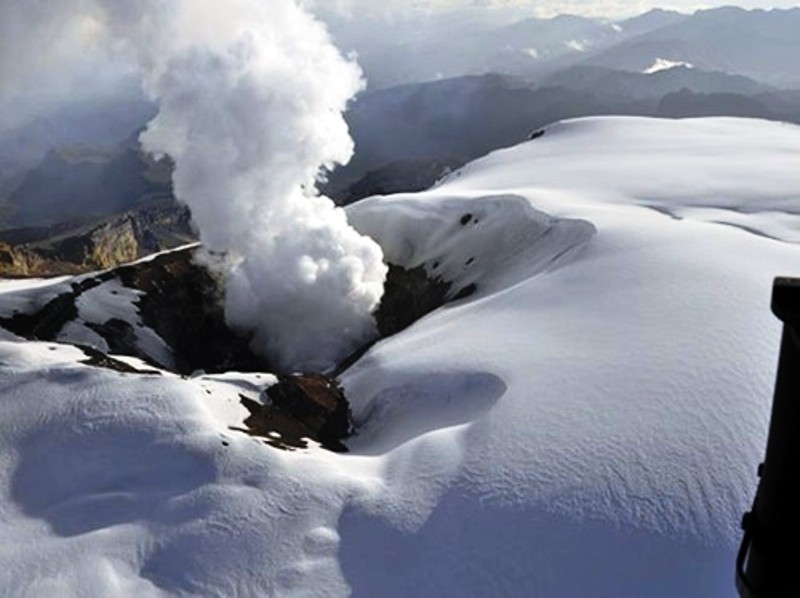 The Nevado del Ruiz volcano
The Nevado del Ruiz volcano
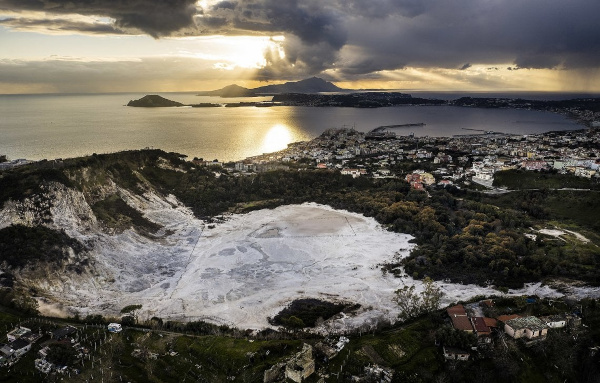 The Phlegraean Fields
The Phlegraean Fields
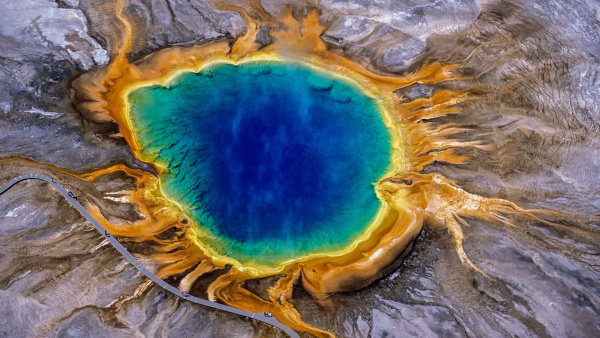 The Yellowstone Supervolcano
The Yellowstone Supervolcano
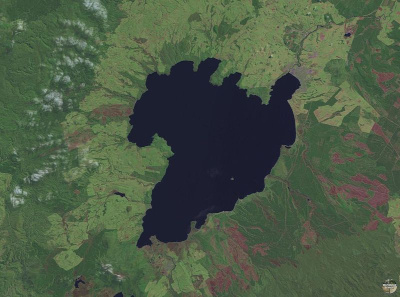 The spectacular caldera of Lake Taupo
The spectacular caldera of Lake Taupo